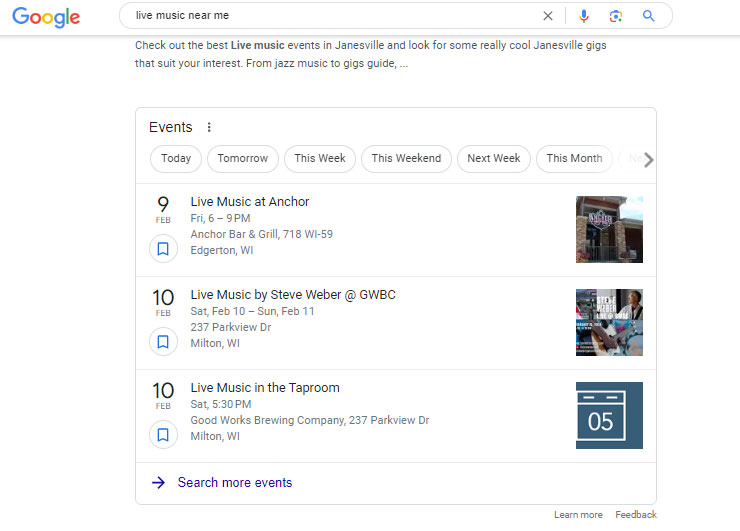Identifying Opportunities for Structured Data
Structured data is not just a tool for enhancing visibility; it's a strategic asset that can transform how your content is perceived by search engines and users alike. From product catalogs to blog posts, identifying where to implement structured data is the first step in unlocking the full potential of your online presence. Here's how to spot and capitalize on these opportunities across your website:
Product Catalogs and E-commerce
E-commerce websites, with their extensive product catalogs, offer rich opportunities for structured data. By marking up product pages with Schema.org vocabulary, you can provide detailed information like price, availability, stock status, and reviews directly in search results. This not only enhances visibility but also improves user experience by offering valuable information at a glance.
Opportunity: Implement structured data on individual product pages, product category pages, and even on search result pages within your site. Utilizing structured data at the template level ensures that every product inherits the correct markup, streamlining the process for large catalogs.

News Posts and Blog Articles
For news portals and blogs, structured data can significantly impact how your articles appear in search results. Marking up your news posts and blog articles helps search engines understand the article's content, author, publish date, and more, potentially qualifying your content for rich snippets like news carousels or featured articles in search results.
Opportunity: Apply Article or BlogPosting schema to your post templates. This will automatically structure the essential elements of each post, such as headlines, bylines, and publish dates, making them more accessible and attractive in search results.

Event Calendars
Local venues or organizations that host events can greatly benefit from marking up their event calendars. Structured data for events allows you to display dates, locations, ticket availability, and prices directly in search results, making it easier for potential attendees to find and plan for your events.
Opportunity: Use the Event schema on your event listings, whether they're on a dedicated calendar page or individual event pages. This markup can significantly increase visibility for local searches and encourage higher engagement and attendance rates.

Template-Level Markup for Efficiency
Many websites use templates for product pages, blog posts, and event listings, which presents a prime opportunity for implementing structured data. By integrating structured data markup directly into these templates, you can ensure consistent and accurate data across your site without the need to manually markup each page.
Opportunity: Identify the common templates used across your site for products, articles, and events. Implementing structured data at the template level can automate the process, making your entire site more understandable to search engines and enhancing the chances of your content appearing as rich snippets or in other enhanced search results.
Uncovering Structured Data Potential: Concluding Insights
Structured data is a powerful SEO tool that, when used wisely, can enhance the discoverability and appeal of your content across various types of web pages. By identifying opportunities to implement structured data in product catalogs, blog posts, and event calendars, you can improve your site's search engine visibility and user engagement. Start by assessing your site's structure to pinpoint these opportunities, particularly focusing on areas that can be marked up at the template level for maximum efficiency and impact.